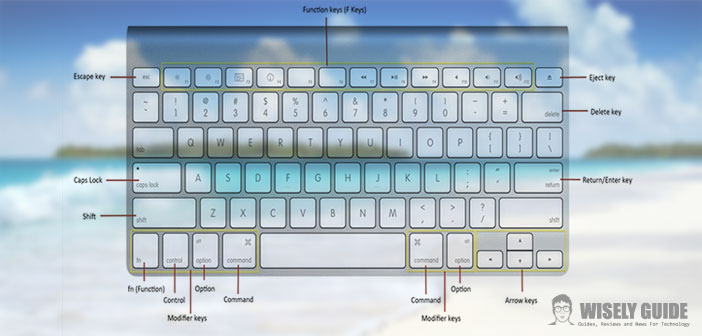

Taking a screenshot is as easy as hitting Shift-Command-3 to capture the whole screen, or Shift-Command-4 to capture a portion of the screen using the mouse cursor as a crosshair selection tool (a tap of the spacebar also turns it into a camera for capturing windows). But the simplest and most common method is to use your Mac's built-in shortcut key combinations. There's also a little screen capture app in the macOS Utilities folder called Grab. Preview offers the option from its File menu. Check or uncheck "Show mouse pointer" if you want your mouse cursor to appear in your screenshots - it can be helpful for explaining how to perform certain actions.There are several ways you can take screenshots on a Mac.If you uncheck "Remember last selection" macOS' screenshots tool will return to its defaults after each screenshot.You can uncheck "Show floating thumbnail" to get your screenshots faster, and stop macOS from putting your screenshots in the corner of your screen (which is mostly good for performing edits in the preview mode).How to take a screenshot on a Mac: Bonus options Then hit Enter, and your timer will begin.

Sometimes you need to perform a screenshot that requires an action to be performed right before hitting the screenshot. How to take a screenshot on a Mac: Using a timer delay Click Other Location to select a custom destination.Options include your desktop, your documents folder, your clipboard (so hitting Command + V would paste that screenshot into a document) and other apps, such as Mail, Messages and Preview.

How to take a screenshot on a Mac: Change default screenshot file location


 0 kommentar(er)
0 kommentar(er)
